Wisconsin Digital Learning Plan Essential Questions for District Planning and Budgeting
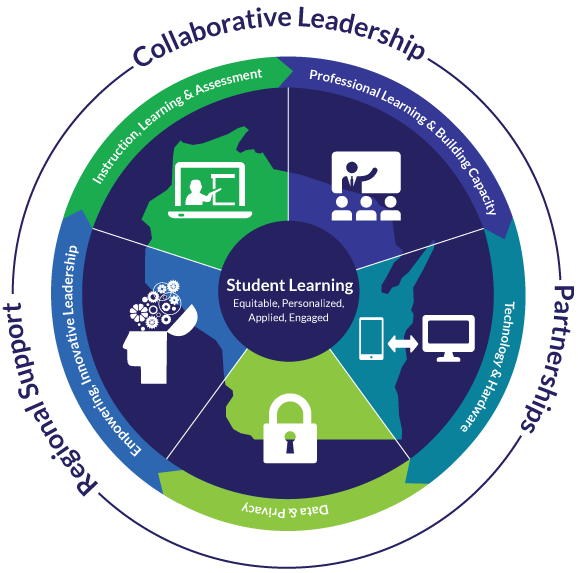 The Wisconsin Digital Learning Plan serves as a state roadmap for DPI to support districts in planning and budgeting. The Plan creates a shared vision for student learning that is equitable, personalized, engaged, and applied. The Plan is based on the Future Ready Schools elements to create a framework for how districts can create collaborative leadership teams. These essential district level planning questions are extracted from each Plan Gear to integrate into district continuous improvement and strategic planning processes.
The Wisconsin Digital Learning Plan serves as a state roadmap for DPI to support districts in planning and budgeting. The Plan creates a shared vision for student learning that is equitable, personalized, engaged, and applied. The Plan is based on the Future Ready Schools elements to create a framework for how districts can create collaborative leadership teams. These essential district level planning questions are extracted from each Plan Gear to integrate into district continuous improvement and strategic planning processes.
DPI will not be providing a template for tracking these essential questions for planning and budgeting as the intent is to create a guideline for integrated discussions and action steps to align to local district practices. The FREE Future Ready Dashboard tool and built-in digital district template is highly encouraged for districts to use as part of their collaborative processes and ESSA planning to make data-driven leadership decisions. The Future Ready tools do provide a variety of reports to districts including a district planning template tool, district data reports, and individual gear reports for districts to identify opportunity gaps and collaborative dialogue.
- District Planning Template
- Guiding Questions (Fillable)
Gear 1 - Guiding Questions for Instruction, Learning, and Assessment
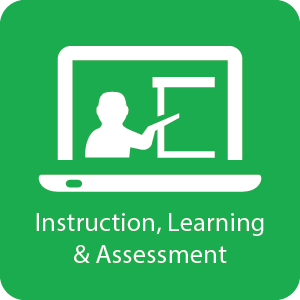
District Essential Planning Questions
- Do all students have access to engaging learning opportunities in a digital environment?
- What are the barriers students face in accessing digital learning outside of the classroom? Do those barriers impact students’ abilities to succeed academically?
- Are student-driven learning environments providing the learner with voice, choice, and pacing options to demonstrate mastery of a given set of content and performance standards?
- Are school districts adopting high-quality openly licensed educational materials in place of traditional textbooks?
- Are the universal design principles for accessibility applied across all educational offerings, and are those principles included in teacher preparation programs?
- Do technology-based assessments provide real-time feedback for students and educators?
- Do students have the option to view their own assessment/learning data to make decisions?
- Does educational technology support closing the achievement gap in Wisconsin districts or widen it?
- What is the purpose of homework? Are technologies used that reduce or widen equity gaps across student subgroups?
- Are educators receiving ongoing training to keep up with the latest developments in digital teaching and learning strategies as well as assessment strategies?
- Do their classroom activities routinely focus on the 4C’s of critical thinking, communication, collaboration, and creativity?
- Are educators receiving regular coaching and feedback on their practices to integrate technology?
Gear 1 Resources: Instruction, Learning, and Assessment
Gear 2 - Guiding Questions for Technology and Hardware Planning
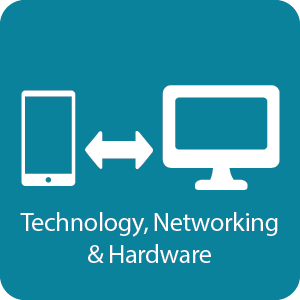
- How do school districts create a digital learning environment with a sustainable, measurable impact on teaching and learning?
- How do school districts optimize the investment of technology dollars?
- How do school districts choose devices, networks, and software for implementation?
- What are the technology and hardware considerations when implementing a digital learning program?
- Data security
- Policies, including privacy
- Funding
- How do school districts reduce barriers students face without reliable Internet service at home, i.e. the “homework gap?”
- How can Wisconsin agencies ensure that Wisconsin students have access to a minimum of 1 Mbps of bandwidth to meet the State Educational Technology Directors Association (SETDA) and Federal Communications Commission (FCC) broadband standards?
Gear 2 Resources: Technology and Hardware Planning
Gear 3 - Guiding Questions for Innovative Leadership Planning
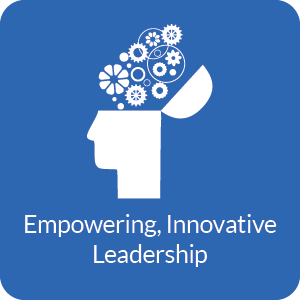
District Essential Planning Questions
- Have districts set clear expectations as to what is expected of staff and students in implementing the vision for digital learning?
- Is progress toward a digital learning plan being monitored, reported on, and used to inform decision-making?
- Do educators have the skills to adopt and adapt to new technologies in a way that adds value to the learning process and close achievement gaps?
- Are educators sharing their progress with parents and the community?
- Have leaders developed internal metrics to track progress toward the vision and a strategic plan?
Gear 3 Resources: Empowering, Innovative Leadership
Gear 4 - Guiding Questions for Professional Learning and Building Capacity
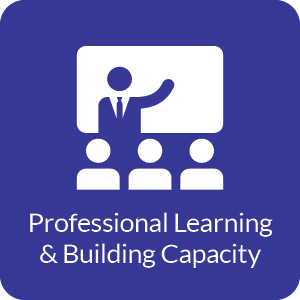
District Essential Planning Questions
- How do districts empower teachers, administrators and other education professionals to take ownership of and be accountable for their own professional learning?
- Do school and district leaders have the tools and capacity to learn and model new technology-enabled professional learning?
- Do schools and districts support and encourage innovation, exploration, and calculated risk-taking as they implement digital teaching and learning strategies?
- Are educators using technology and social media to personalize their own professional learning?
- Do districts ensure all staff has 24/7 access to up-to-date devices and high-speed broadband for professional learning?
- Are educators collecting data on their use of technology for learning and using it as evidence of their effectiveness in their evaluations?
Gear 4 Resources- Professional Learning and Building Capacity
Gear 5 - Guiding Questions for Data and Privacy

District Essential Planning Questions
- What are appropriate student data (both demographic and academic) to be collected?
- How can school districts use data to improve student learning and close achievement gaps?
- How can the DPI ensure rapid turnaround of data collected so the data can be used in a timely manner to improve student learning in every classroom while protecting privacy and ensuring the security of data?
- What technology supports need to be present at the state level to ensure districts can access and manage their data in a secure manner?
- Do school districts have data and information systems in place to track outcomes and measure success in the most meaningful and secure manner?
- What supports do Wisconsin school districts need to ensure they can provide users access rights to data and online content securely?
- How can we establish protocols and processes to share student data within and beyond the district when appropriate?